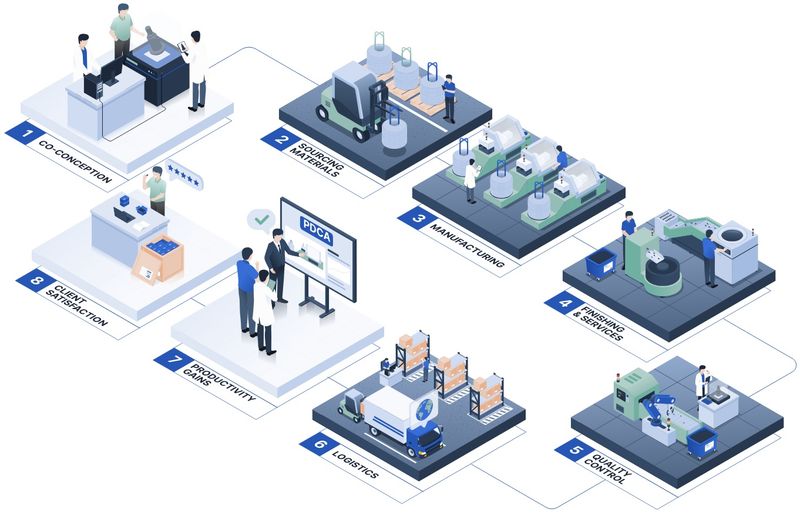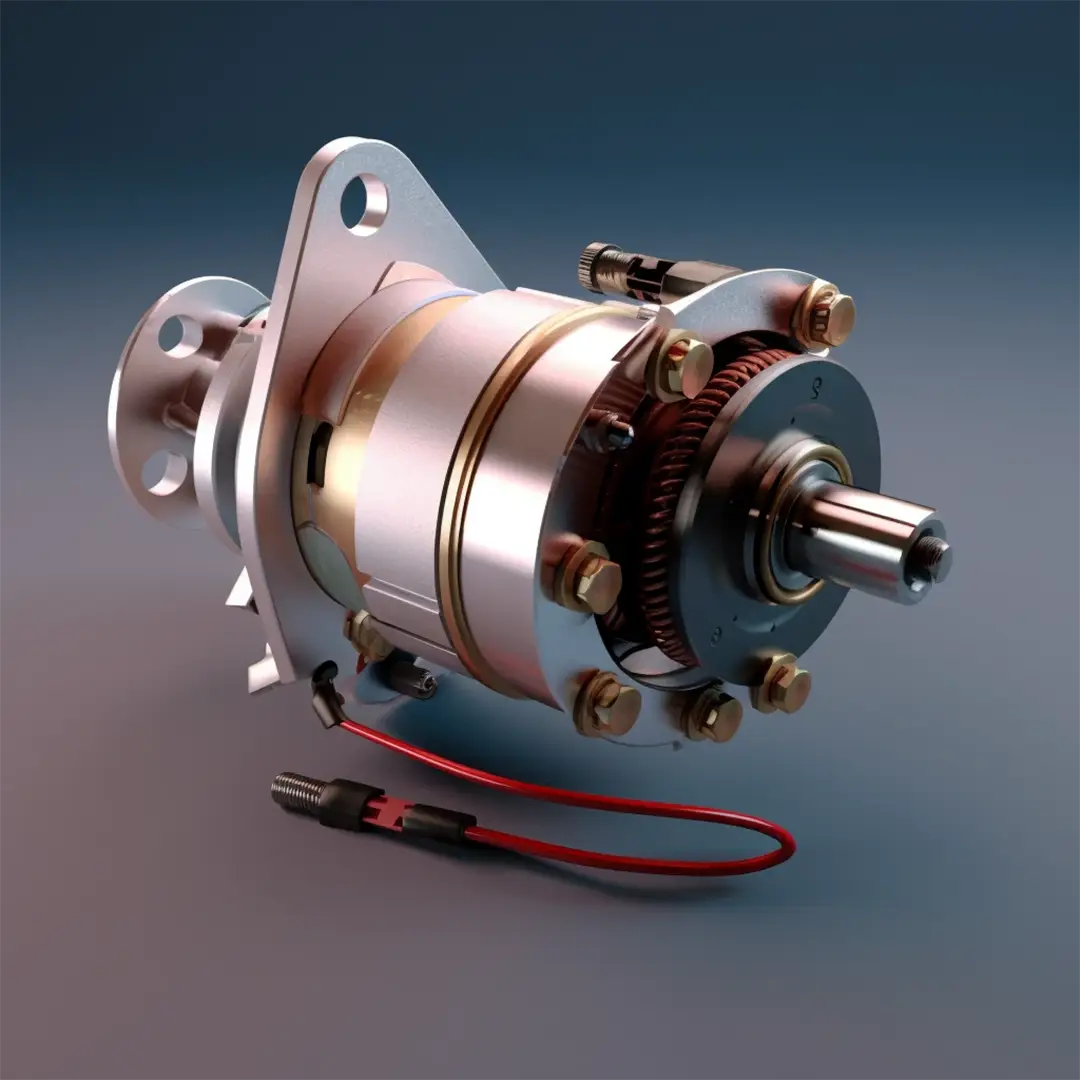The INTERVIS threaded insert, also called a self-tapping threaded insert, is a metal fastener comprising an internal thread (tap), as well as an external thread.
What makes the self-tapping thread insert different from other fasteners is its extra slot in addition to the threads.
- The self-tapping threaded insert (from INTERVIS®) is a metal insert with a standard tap / internal thread and an external thread.
- At its base, there is an external thread truncation and a slot with sharp edges.
- Intervis threaded inserts can be screwed directly into a smooth hole drilled in advance.
The Intervis® threaded insert acts as a tap, threading the hole by itself. This type of fastener is ideal for installaton in medium-hard materials such as light alloys, compressed wood or plastic materials.
Threaded insert - threaded metal insert (steel, stainless steel, brass)
Threaded insert - threaded metal insert (steel, stainless steel, brass)






Advantages of manufacturing with LGC Industries

- 45 Escomatic machines
- 42 grooving machines
- 8 plunge & through-feed grinding machines






Find out more about our products' technical features
Discover other products
Why use a threaded insert?
In certain materials such as light alloys, plastic or compressed wood, classic internal threads / taps can quickly become worn out, especially when put under repeated stress. Tightening too frequently or too hard can rip out the threads, making the part unusable. This is where threaded inserts come in, as they help to strengthen the threads.
Self-tapping threaded inserts are equipped with sharp-edged slots and a specific type of external thread, enabling them to fit straight into the material without any additional steps. This allows the threaded insert to be firmly grounded into its host material.
Unlike other inserts such as helicoils, Intervis® threaded inserts only require a smooth hole drilled in advance.
Intervis® threaded inserts have standard tapping, making them compatible with a wide range of standard fasteners. In addition to this, their exterior threading allows them to remain tightly fastened.
What advantages do threaded fasteners offer?
Here at LGC Industries, we have developed the Intervis brand with its innovative threaded inserts.
The Intervis threaded insert offers a practical tapping and screwing solution, allowing you to insert your dowel pin directly into a pre-drilled hole. Thanks to its ability to carve its own thread into the material, this threaded insert guarantees additional safety and solidity.
Intervis® threaded inserts offer several key advantages:
- Solve over 97% of tap wear issues
- 2.4X quicker to install than other thread repair systems
- Extra 32% pull-out resistance compared to other threaded inserts on similar parts
- Save 50% on equipment costs when compared to ultrasonic or other inserts
We recommend using an Intervis threaded insert in your aluminium assemblies, as its surface finish eliminates the electrolytic coupling between the two materials.
Gang drilling machines provide an average indicator. When installing the insert, it is advisable to do a test by drilling 1/10th above or below the indicated diameter due to the particular characteristics of certain materials.
At LGC Industries, we offer several ranges of Intervis® self-tapping threaded inserts, available in various materials such as crude steel, chromium(VI)-free case-hardened and zinc-plated steel, brass or stainless steel.
The different types of threaded inserts
Standard slotted threaded insert
The standard Intervis® slotted threaded insert is ideal for most applications. Its design allows to keep chips resulting from tapping inside the insert.
3-hole slotted threaded insert
For the Intervis® slotted threaded inserts, we have added 3 holes to allow any chips to escape while tapping the assembly material.
In summary, the 3-hole threaded insert is a practical alternative to the standard threaded slotted inserts in the event of smaller heights and thicknesses.
How resistant are threaded inserts?
Intervis® threaded inserts are quick and easy to fit - all you need is the tool to fit it.
There are two types of tools for installing threaded inserts:
- Hand tools: in this case, when unscrewing, you will need to block the nut with a key until the tool detaches itself from the insert.
- Semi-automatic tools: the insert detaches by itself one it is properly fitted.
One you have chosen your tool, go through the following steps to install the threaded insert:
- Drill a hole in the host material
- Screw the insert onto the tool, with the slotted side facing down
- Screw the insert into the host part, up to 1.5mm below the surface
- Unscrew the tool
Want to know more about our thread inserts?
Take a look at our article: Everything you need to know about Intervis® threaded inserts























.svg)
.svg)